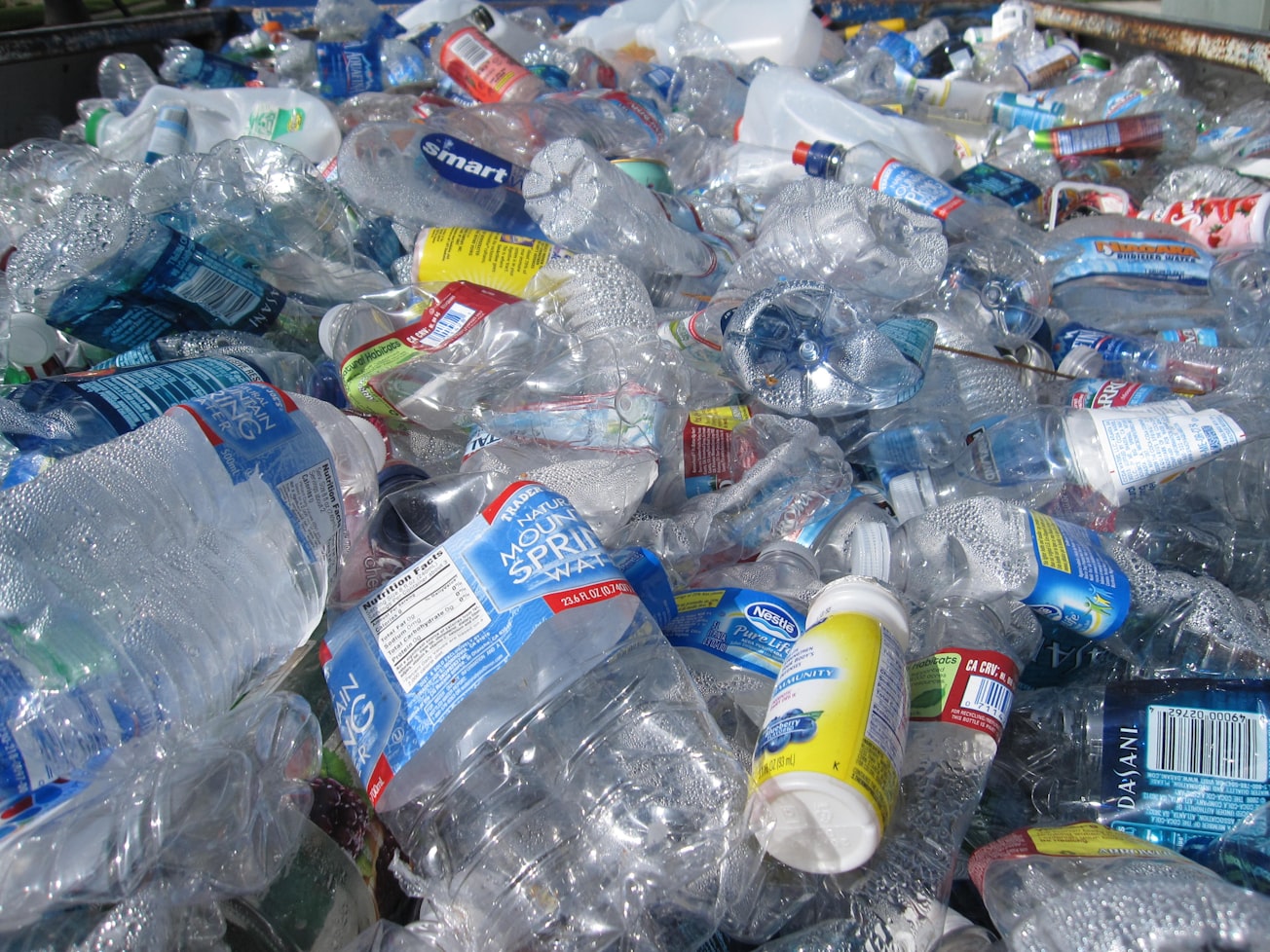What is it about?
High-density polyethylene (HDPE) and polypropylene (PP) are two post-consumer waste polymers. They have very similar physico-chemical properties, and therefore it is difficult to separate them using conventional methods. In our study, we examined the possibility to differentiate HDPE and PP from other classes of recyclable polymer items using hyperspectral imaging (HSI). The hyperspectral system consisted of a hyperspectral camera with spectral range 900-1700 nm (FX17, Specim, Finland) and a laboratory scanner equipped with the illumination source. Classification models (one-class partial least squares models) were constructed to model spectral information stored in individual image pixels. For high-density polyethylene items, the proposed model had sensitivity above 98.6% and a specificity larger than 99.5%. For polypropylene polymer items we have obtained sensitivity above 93.4% and a specificity of more than 99.9%.
Featured Image

Photo by tanvi sharma on Unsplash
Why is it important?
Every year the amount of post-consumer waste polymers is alarmingly increasing worldwide. Therefore, introducing efficient and cost-effective recycling methods is an urgent need because it can substantially help to protect environmental resources. The fundamental problem of the recycling industry is the possibility to process relatively pure recyclable polymer materials, i.e., representing a given group of polymers. Prior to recycling, different classes of post-consumer waste polymers have to be separated. Conventional sorting methods are often ineffective, expensive and sometimes harmful to the environment. The hyperspectral imaging systems extended with efficient expert systems for pattern recognition are a straightforward alternative. Based on the spectral fingerprints of polymer items collected in each image pixel, classification models predict to which group of polymers a given item belongs.
Perspectives
Hyperspectral imaging systems are becoming more and more automatic and efficient. As a major part of intelligent laboratory systems, they have the possibility to revolutionize different sorting processes.
Professor Michal Daszykowski
University of Silesia in Katowice, Poland
Read the Original
This page is a summary of: Improvement of recyclable plastic waste detection – A novel strategy for the construction of rigorous classifiers based on the hyperspectral images, Chemometrics and Intelligent Laboratory Systems, April 2019, Elsevier,
DOI: 10.1016/j.chemolab.2019.02.009.
You can read the full text:
Contributors
The following have contributed to this page







